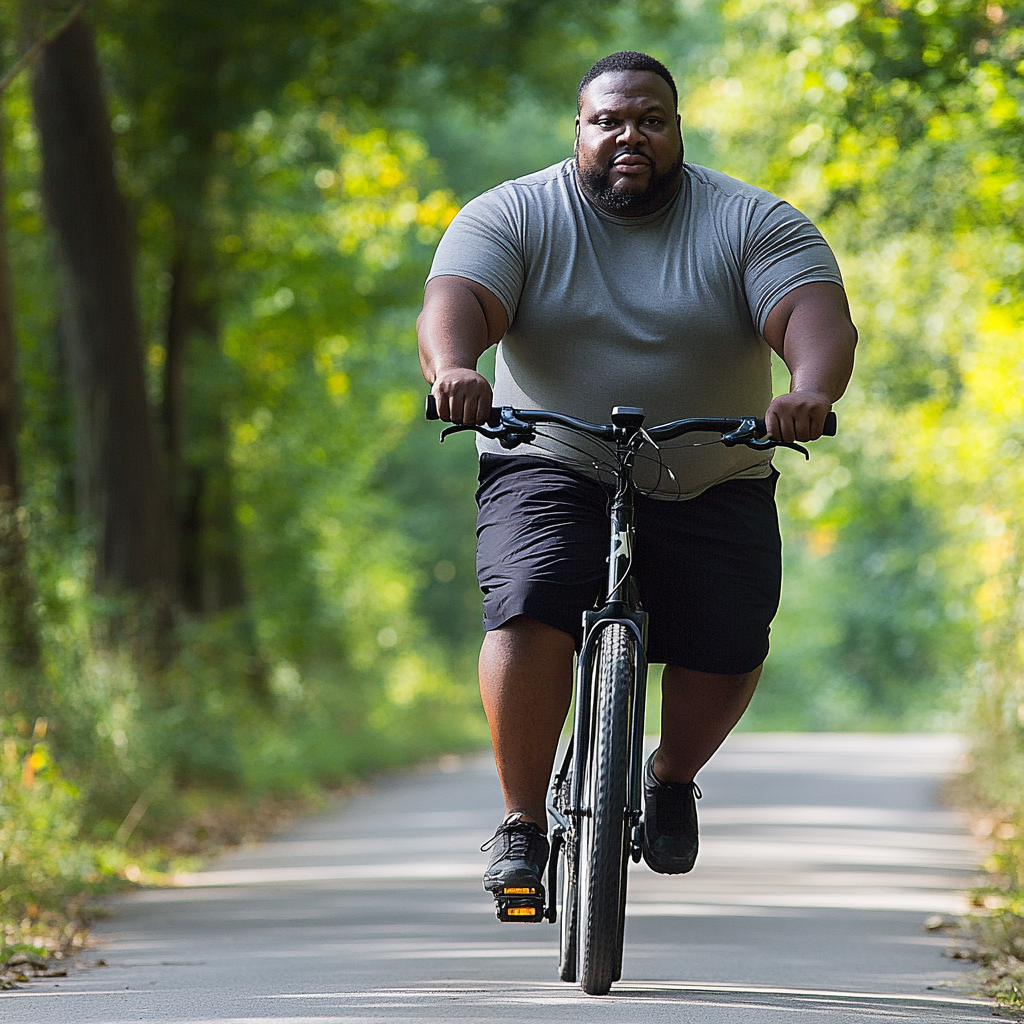
If you’ve been trying to lose weight but feel stuck, Zone 2 training might be the missing piece of the puzzle. It’s an often-overlooked approach to exercise that helps your body become more efficient at burning fat, improves endurance, and builds a strong foundation for overall health. Best of all? It’s not overly difficult, and almost anyone can do it!
Why Does Zone 2 Training Work for Weight Loss?
Your body has two primary sources of energy: glucose (carbohydrates) and fat. The intensity of your exercise determines which fuel your body prioritizes.
• Higher-intensity exercise (like sprinting or high-intensity interval training) relies more on glucose for energy.
• Lower-intensity exercise (like Zone 2 training) primarily burns fat for fuel.

When you spend time in Zone 2, your body becomes more efficient at burning fat, making it an ideal method for weight loss. Unlike high-intensity workouts that burn a lot of sugar but leave you exhausted, Zone 2 allows for longer, sustainable workouts while training your body to tap into its fat stores more effectively.

How to Know If You’re in Zone 2
Many people rely on heart rate monitors to track their zones, and a common guideline is 60-70% of your maximum heart rate. But an even simpler way to gauge if you’re in Zone 2 is the talk test:
• If you can talk in short sentences but not full conversations, you’re in Zone 2.
• If you can’t talk at all because you’re gasping for air, you’re in a higher intensity zone.
• If you can chat easily without effort, you’re in Zone 1, which is too low for effective fat burning.
Advantages of Zone 2 Training
- Fat-Burning Efficiency – Helps train your body to use fat for energy, making weight loss easier.
- Sustainable and Low-Stress – Unlike high-intensity workouts, it’s easy on your body and doesn’t leave you feeling wiped out.
- Improves Overall Fitness – Builds a strong endurance base, making all other types of exercise easier.
- Used by Elite Athletes – Many top runners, cyclists, and endurance athletes spend 80% of their training in Zone 2 to build stamina and speed.
The Only Drawback? It Takes Time

One challenge with Zone 2 training is that it requires longer sessions—often 45 minutes to an hour—to see full benefits. However, the time investment is well worth it! It’s a gentler way to train, making it easier to stay consistent without injury or burnout.
Examples of Zone 2 Activities
What qualifies as Zone 2 varies depending on fitness level, but here are some examples:
• A brisk walk for someone new to exercise.
• A slow jog for someone moderately active.
• Cycling at an easy pace where you can talk in short sentences.
• Hiking on a mild incline without feeling breathless.

Challenge: Try It for a Few Weeks!
If you’ve been struggling with weight loss or feeling stuck in your fitness journey, I challenge you to try Zone 2 training for a few weeks. Aim for at least 3-4 sessions a week, 45-60 minutes per session, and track how you feel. Are you noticing more endurance? More fat loss? Less fatigue?
Want Personalized Guidance? Let’s Chat!
If you’d like to take your health to the next level, I’d love to help. I offer free health consultations to help busy professionals like you get back their energy, reduce stress, and feel better in their bodies. During our session, we’ll: ✔️ Identify your biggest health struggles. ✔️ Set clear wellness goals. ✔️ Create a realistic, personalized plan to get you there. ✔️ Make sure you’re on the right track with your fitness and nutrition.
Let’s work together to get you feeling your best!
Click here to schedule your free health consult, and let’s make real progress toward your goals.
God Bless,
Mike

Mike Thomas is a registered pharmacist and a Mayo Clinic-trained, board-certified health coach. He specializes in helping busy professionals overcome low energy, high stress, and chronic pain to reclaim their health and vitality.
This blog is for educational and informational purposes only and solely as a self-help tool for your own use. I am not providing medical, psychological, or nutrition therapy advice. You should not use this information to diagnose or treat any health problems or illnesses without consulting your own medical practitioner. Always seek the advice of your own medical practitioner and/or mental health provider about your specific health situation. For my full Disclaimer, please go to CoachMikeThomas.com.
